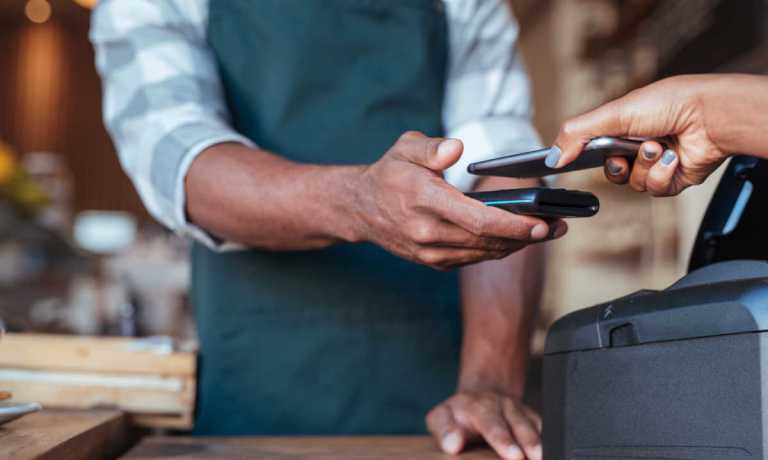Security Features Drive Digital Wallet Usage

Mobile payments — and by extension, mobile wallets — are proving to be a favorite means of paying for all aspects of daily life as younger consumers navigate physical and digital channels.
A range of findings from PYMNTS Intelligence reports have illustrated just how pervasive the use of smartphones has become in buying all manner of everyday items.
The report “Mobile Wallets Gain Ground” found that when it comes to digital purchases, older generations, such as baby boomers and seniors, still prefer using computers for purchases instead of mobile devices.
But the pendulum swings the other way when it comes to younger consumers. Roughly a year ago, nearly 1 in 4 millennials and bridge millennials said they were shopping for non-grocery retail items on their phones.
The PYMNTS Intelligence report “Digital Bill Payments: Mobile Wallets Gain Popularity, but Hurdles Remain” found that 60% of consumers reported using mobile wallets to pay their bills in 2023, a 22% increase from the previous year.
Part of the appeal of using the digital, stored options lies in security, such as biometrics and tokenization. More than one-third of users said they see digital wallets replacing substantially all of the features of physical wallets, such as storing documents and other credentials.
 There’s at least some cross-pollination in the works as mobile devices and wallets are used in everyday settings. For example, 59% of consumers who have used their mobile wallets to pay bills have also used a mobile app for bill pay.
There’s at least some cross-pollination in the works as mobile devices and wallets are used in everyday settings. For example, 59% of consumers who have used their mobile wallets to pay bills have also used a mobile app for bill pay.
In May, Visa introduced new products designed to make its mobile banking app even more widely used by consumers. The Visa Payment Passkey Service confirms a consumer’s identity and authorizes online payments with a facial or fingerprint scan. When shopping online, passkeys replace the need for passwords or one-time codes, enabling more streamlined, secure transactions.
Issuers will have several options for managing payment rules and preferences across different digital cards. At the end of 2023, Visa’s tap-to-pay service had a 65% reach globally, up two times the amount in 2019.
The Fed Underscores PYMNTS Intelligence Findings
PYMNTS Intelligence’s findings were corroborated by the Federal Reserve Bank of Atlanta in its “Survey and Diary of Consumer Payment Choice.” The central bank found that by late last year, 70% of U.S. consumers made a mobile payment at least once in the prior 12 months; 29% of payments made by U.S. consumers used a mobile device; and 27% of bills were paid using a mobile device. In 2018, just 8% of consumer payments were made via mobile.